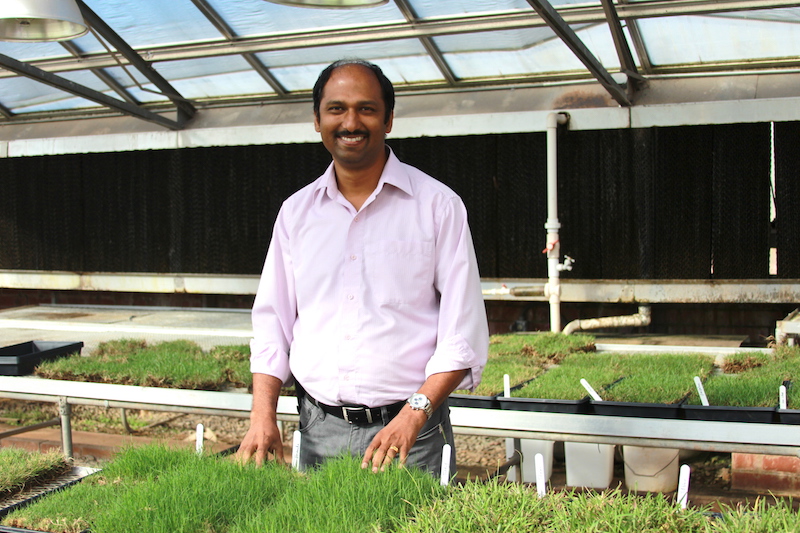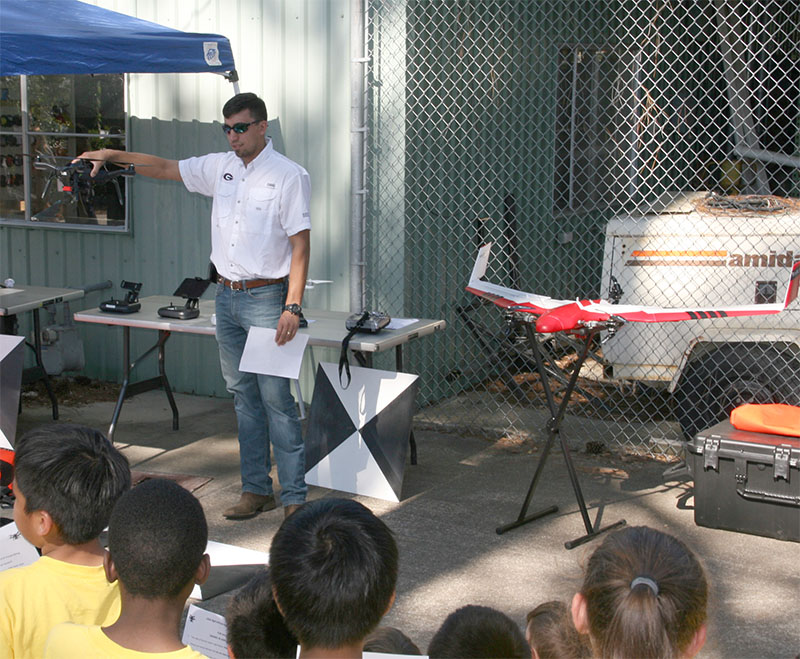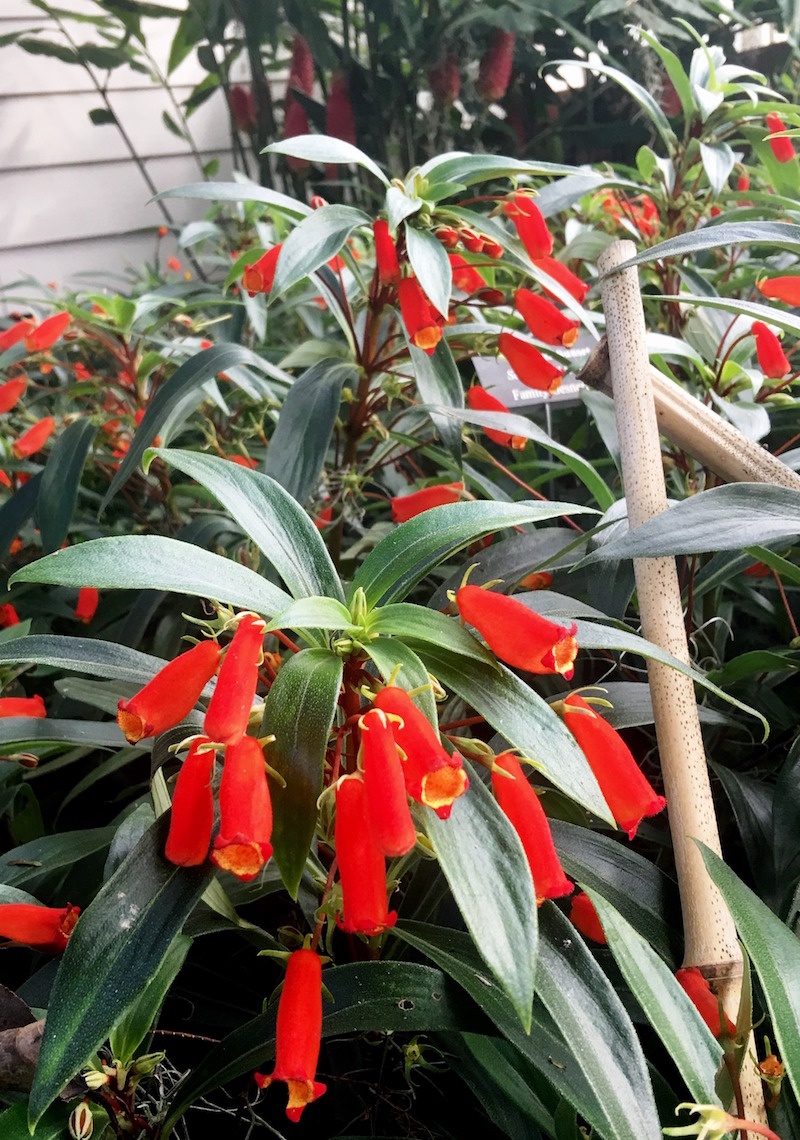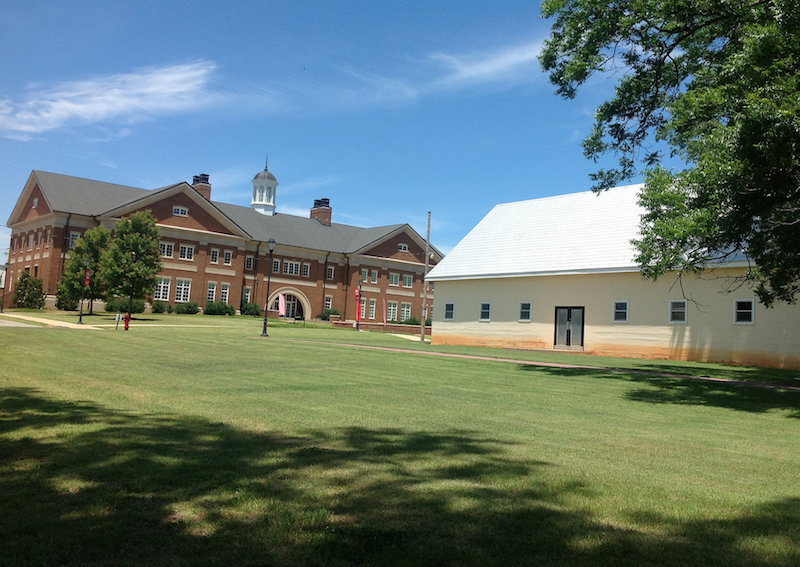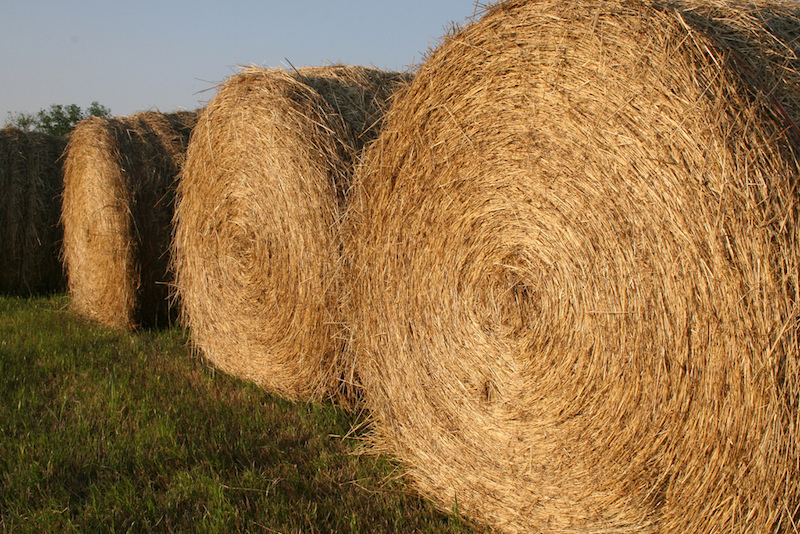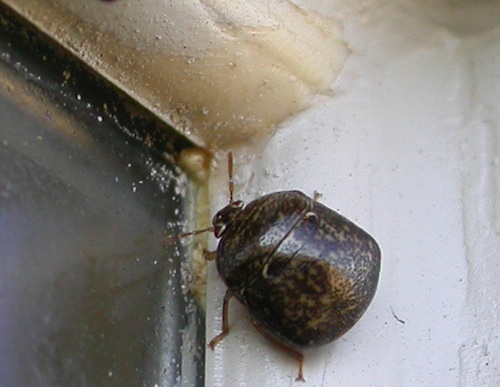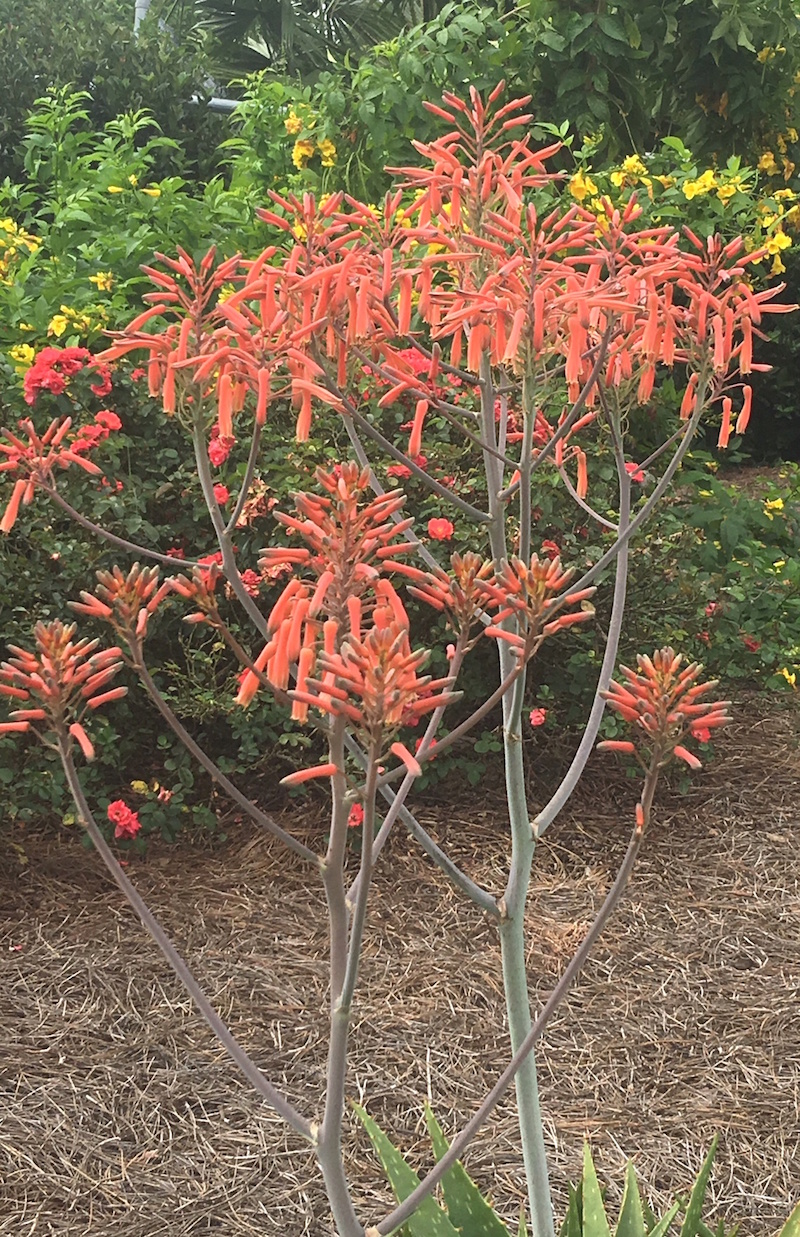 CAES News
CAES News
Golden Radish
Georgia’s agriculture, education and public health departments, University of Georgia Cooperative Extension and Georgia Organics came together at the historic Georgia Railroad Freight Depot to celebrate Georgia school districts with outstanding farm-to-school programs. Seventy-five school districts, serving more than one million students, are now participating in farm-to-school programs. These districts served more than 97 million school meals with local food items during the 2016-17 school year.

